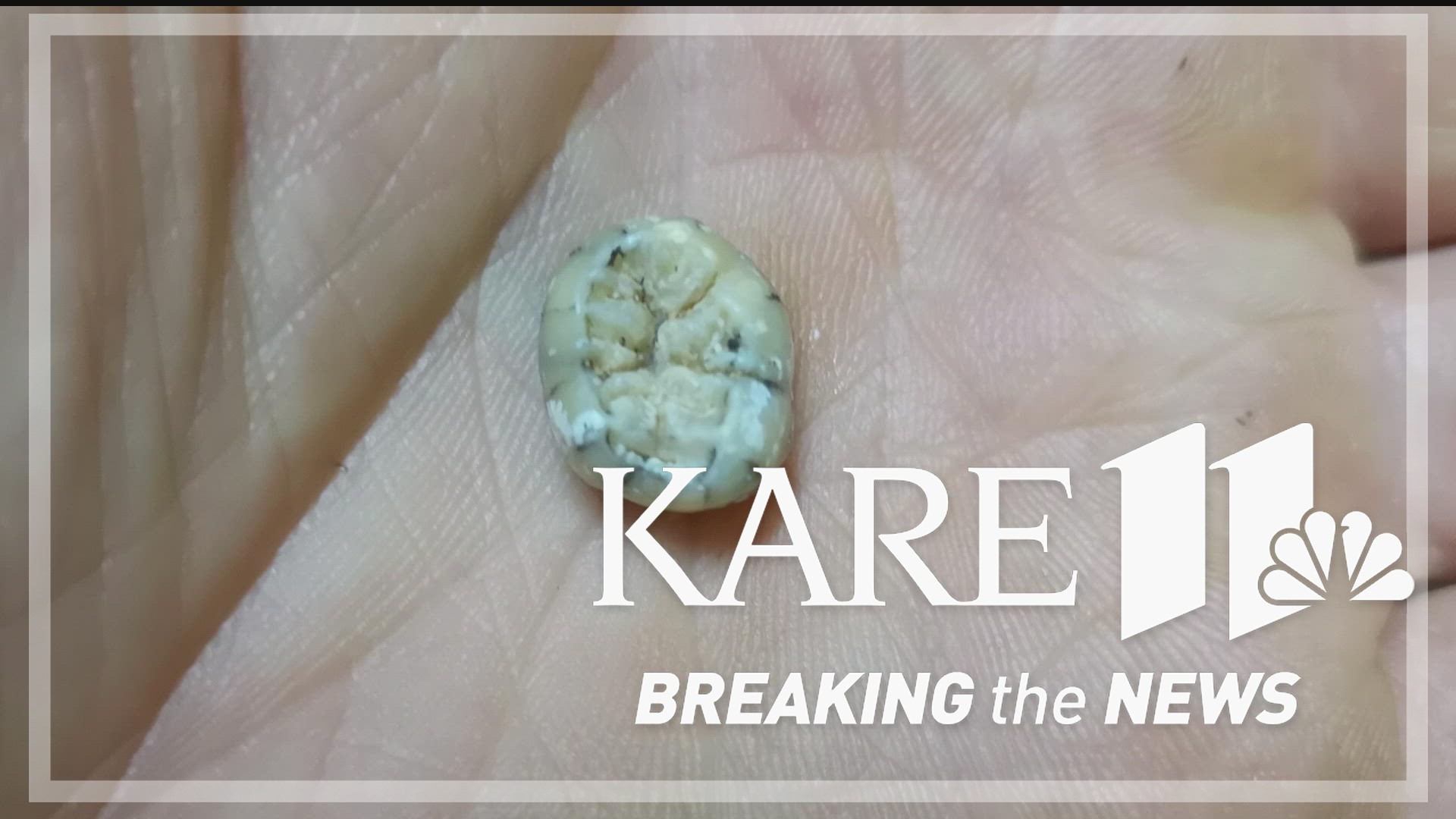MINNEAPOLIS — A University of Minnesota researcher helped discover an ancient tooth in a Laotian cave estimated to be between 164,000 and 131,000 years old, adding a new piece of evidence to one of science's greatest questions: How did humans get here?
Modern humans (Homo sapiens) are estimated to be 150,000 to 315,000 years old, but millions of years before us, and even in our early years of existence, there were predecessor species that coexisted, which we know very little about.
Dr. Allie Zachwieja, a biological anthropologist and assistant professor of biological sciences at the University of Minnesota Medical School in Duluth, was part of a team that made a sizable leap forward in this field.
“I'm not sure if we just got extremely lucky or if all of the mountains are like that,” said Zachwieja.
The adventure started four years ago inside a tropical mountain in Laos called Cobra Cave.
“A local Hmong boy came and told our field team that he'd seen some bones in a cave. We were like ‘Great! Let's go check it out,’” she said.
A colleague saw what appeared to be teeth inside the hardened cave wall. He plucked them out and brought them to the team.
“All of us who were paleoanthropologists lost it. We were like ‘Oh, my God. This is huge!’” said Zachwieja.
After years of researching the find, the team concluded in an article, published in the journal "Nature Communications" this week, the tooth is the molar of a 4-to-6-year-old female of the Denisovan species, an ancient ancestor that disappeared about 50,000 years ago.
It’s the third fossil ever found of Denisovan descent, adding to a tooth and finger bone from a cave in Siberia and a mandible discovered in Tibet.
Experts say this proves the ancient species was adaptable and thrived not just in cold climates, but tropical ones, too.
It also adds a physical link to the expansion of Homo sapiens in the Pacific and Southeast Asia.
“I think the reason this is so exciting is it tells us there is so much more we don't know. And there's so much more waiting for us to discover maybe on the next mountain right next to it,” said Zachwieja.
Watch more Breaking The News:
Watch all of the latest stories from Breaking The News in our YouTube playlist:

